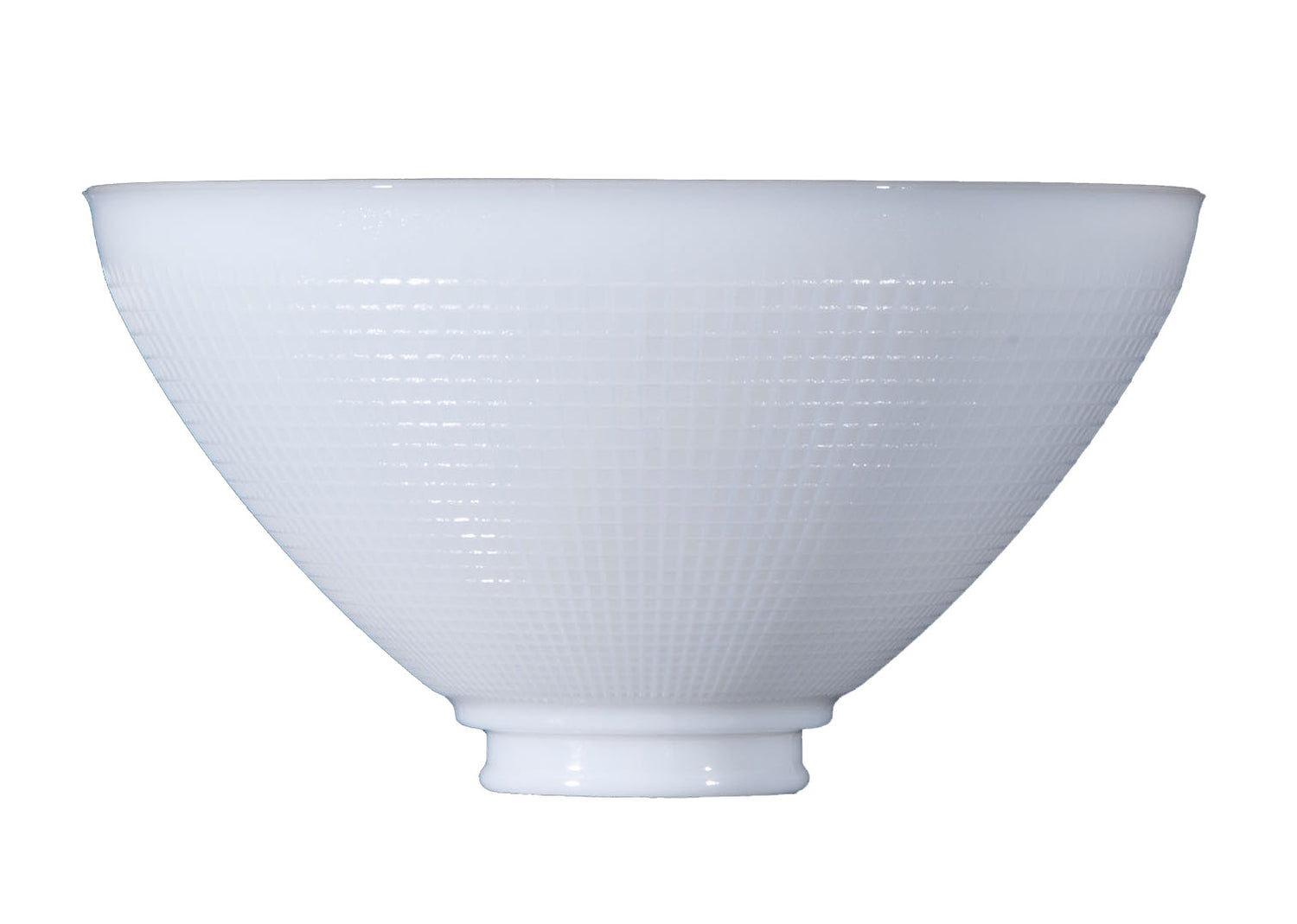Electrical Requirements for Antique Lamps
Early electric lighting and gas fixtures can be charming accent pieces for traditional, transitional, or modern homes. However, antique lamps such as these are not designed to be used in new homes with new and improved electrical requirements. Most antique table lamps fail to draw dangerous levels of electrical power, but there are several safety measures you should take into consideration before purchasing, rewiring, or decorating with an old lamp. This guide will teach you some of the basic electrical requirements for antique lamps, as well as tips and information you might find useful. Keep reading to learn more about electrical requirements and best practices today.
UL Certification Does Not Mean Safety
Underwriters Laboratory (UL) is a global safety consulting and certification company that was founded in 1984 as the Underwriters’ Electrical Bureau. MIT graduate and UL founder William Henry Merrill was tasked with assessing fire risks at the World’s Columbian Exposition. Today, electrical inspectors and installation specialists rely on the safety certifications, standards, and information provided by UL. These certifications and standards apply to products that are regulated by electrical codes. UL inaugurated its label service in 1906. However, a UL label does not necessarily make a lamp safe. Lamps that UL might have certified at the time met all applicable requirements of the day, but they might not be safe to use anymore. You can find more information by exploring UL’s online certifications directory.
If you plan to install your light fixture in a newly constructed home, you will likely need to have your lamp recertified by UL. Otherwise, your home may not be able to pass an electrical inspection. You can send your lamp to someone who subscribes to UL’s services. UL will then conduct a series of safety tests to ensure that all components are in working order. They will also check to see whether the lamp contains the proper grade of wire. Selling, buying, and installing non-UL-approved light fixtures is legal, and some antique dealers might find that UL-approval is not worth the cost.
Before You Begin Modifying a Lamp
Rewiring a lamp is easier than you might think, but electricity poses a fire hazard or serious risk to your health. Before you begin your remodeling project, it is important to inspect the condition of the lamp’s socket, plug, and cord.
Socket: Inspect that the lamp socket looks as though it was made in the last century. A quality socket will be properly seated and have insulation. You can even upgrade the lamp socket to permit more light from a higher-wattage bulb.
Plug: Are the prongs the same size or are they polarized? Two-prong plugs of unequal size and three-prong plugs are typically polarized, which means that each prong is designated for hot or neutral connection. Non-polarized plugs with prongs of the same size are common in older lamps. If you plug a non-polarized plug into a non-polarized outlet, you reverse the directional flow of the current. Reversed polarity can often leave the circuit exposed, increasing the risk of electrical arcing or shock. Antique lamps might also lack insulation to prevent electrical shock or shorts. Since the days of Edison’s first electric discoveries, overcurrent protection has been mandatory, but protection from electric shock has not.
Cord: Inspect that the lamp cord is covered. Wiring can become brittle or decayed over time, so it’s never a bad idea to replace your lamp cord. Light fixtures that were manufactured in another country may have undersized wiring, and you can fix this issue by rewiring or lowering the light bulb wattage instead. The cost of having a lamp professionally rewired depends on location and the complexity of your rewiring needs. Replacement cords are easy to find and are available in a variety of gauges to suit any application. 18-gauge wire is rated for a maximum current draw of about five amps, which is more than enough for the typical 120-volt light bulb.
According to UL, compact fluorescent lamps that are self-ballasted can be used in any portable lamp or luminaire in which they will physically fit. Yet, fluorescent lamp wattage cannot exceed the maximum replacement incandescent lamp wattage marked on the lamp or luminaire. According to the UL guide for compact fluorescent lamp applications, the point-of-supply connection, or the lamp base for these products, can be an Edison screw-type as well as other ANSI lamp bases. These products are intended for operation at the voltage marked on the product.
Use old wiring and the socket as sizing gauges for replacement hardware and components. Antique Lamp Supply provides rewiring guides and other informational articles that can help you restore and enjoy old lamps for years to come. If you have any questions about this guide or would like to learn more about our product selection, please contact us today for additional information or further assistance.

